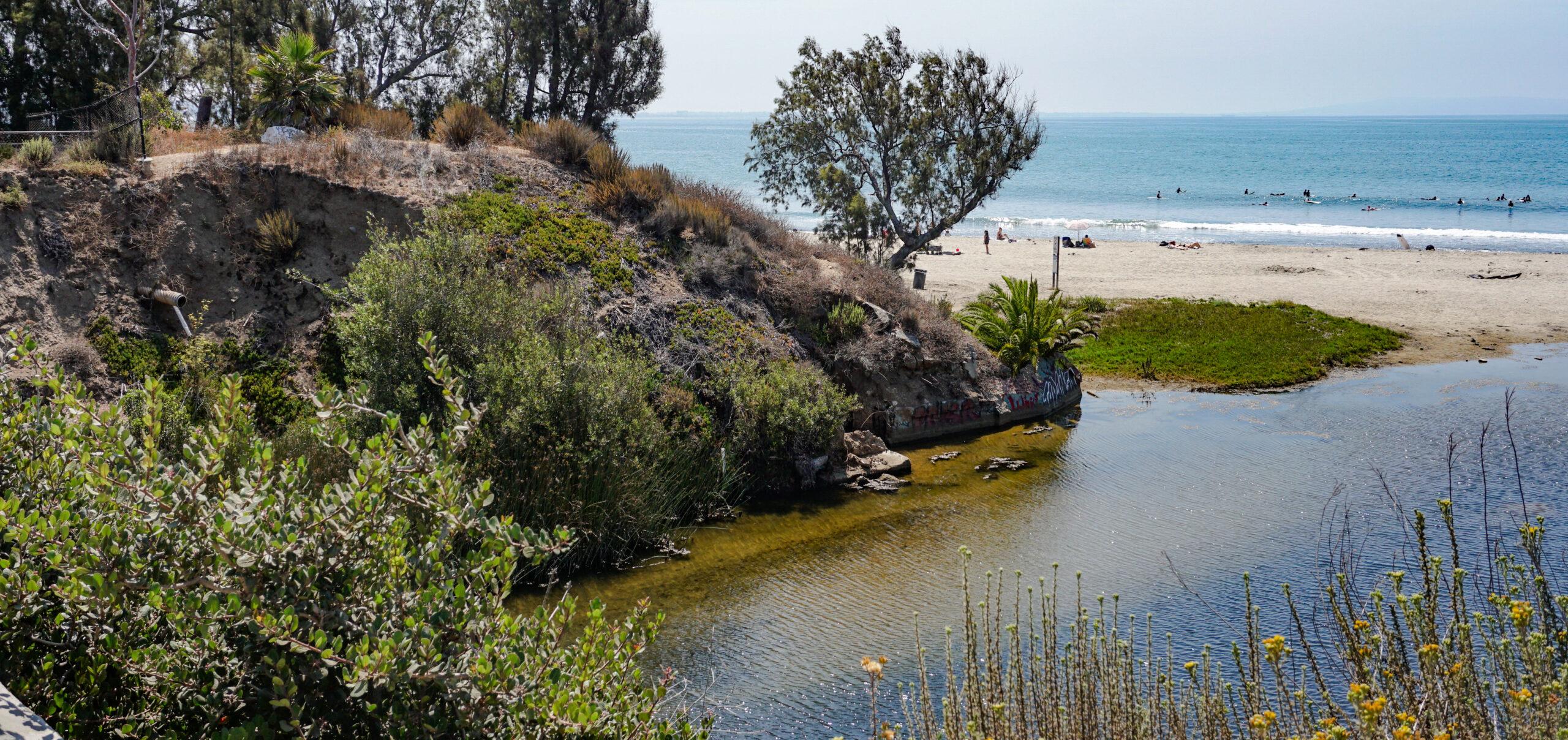The rumble of the sea, once a siren song of possibility, has begun to whisper a different tune in some coastal communities. For years, rising tides and storm surges have pushed further inland, leaving behind whispers of what once was. In the face of this encroaching reality, some residents are making a choice – not to fight, but to retreat.
This article explores the complex, and sometimes controversial, decision of relocation in the face of climate change. We will delve into the experiences of two communities – one in California, where “retreat” is considered a political taboo, and another in Florida, where Hurricane Irma’s devastation triggered a $44 million buyout program for homes in vulnerable areas.
This is a story about adaptation, about the delicate balance between human resilience and the power of nature, and the difficult choices we face as the world around us shifts.
Table of Contents
- Californias Coastal Dilemma: Retreat or Resist?
- Duval Countys Precedent: Voluntary Buyouts as Adaptation
- Lessons From Florida: Financial Aid for Climate-Induced Migration
- A New Paradigm for Coastal Communities: Embracing Retreat?
- Closing Remarks

Californias Coastal Dilemma: Retreat or Resist?
The stark reality of climate change is manifesting itself in the form of rising sea levels and increasingly powerful storms, forcing coastal communities to confront a difficult truth: retreat is no longer a hypothetical scenario. While the article highlights a Florida county’s efforts to acquire vulnerable properties through buyouts, the situation in California presents a unique challenge. The state’s dense population and limited land availability make retreat a much more complex proposition.
The question then becomes, can communities resist the inevitability of rising tides, or must they accept that certain areas may be lost to the ocean? The article provides a glimpse into one possible path, a path that involves a carefully orchestrated combination of adaptation and retreat, but there are significant hurdles.
A key consideration is the economic impact of buyouts. It’s a costly undertaking, and it raises questions about the long-term sustainability of such programs. If California adopts a similar approach, how will it be funded, and who will be responsible for managing the process? The answers to these questions could very well determine the future of entire coastal communities, particularly those that are already struggling with the impacts of climate change.

Duval Countys Precedent: Voluntary Buyouts as Adaptation
The recent award of $44 million to Irma-impacted communities in Duval County, Florida, for voluntary home buyouts represents a compelling example of adaptation in the face of climate change. It underscores the fact that “retreat” from vulnerable coastal areas, while often a controversial topic, is a viable strategy and one that is becoming increasingly necessary. This initiative could serve as a blueprint for other communities grappling with the intensifying impacts of sea level rise, storm surge, and other climate-related hazards. This approach offers multiple benefits, including:
- Reduced risk to human life and property: By relocating residents from high-risk areas, the potential for catastrophic damage and loss of life during storms and other events is significantly lessened.
- Enhanced public safety: Reducing the number of homes and infrastructure in vulnerable coastal zones improves emergency response capabilities and minimizes the disruption to essential services during extreme weather events.
- Financial savings: While initial buyouts require significant investment, they can ultimately result in substantial cost savings by reducing future disaster relief efforts and reconstruction expenses.
- Ecological preservation: In some cases, buyouts can facilitate the restoration of natural habitats and ecosystems by removing development from coastal zones.
While voluntary buyouts may not be a universally applicable solution, the success of this initiative in Duval County demonstrates their potential to effectively address the growing challenge of climate change.
Lessons From Florida: Financial Aid for Climate-Induced Migration
The Florida coast is witnessing the impact of climate change firsthand, and it’s not just about rising sea levels. The $44 million in federal funds awarded to Duval County communities affected by Hurricane Irma for voluntary home buyouts is a telling sign of the times. It’s a sobering reality that even the Sunshine State is grappling with the possibility of retreat in the face of a changing climate. This financial aid program offers a glimpse into the future of coastal adaptation and how communities can proactively manage the challenges of relocation.
Here are some key takeaways:
Voluntary buyouts are a practical solution: While the concept of retreat might provoke strong emotions, offering financial assistance for voluntary relocation allows individuals to move away from vulnerable areas with dignity and support. This approach avoids forced displacement and provides residents with greater control over their future.
Climate-induced migration is already a reality: This example showcases that climate change is not just a distant threat but a present-day reality that’s already impacting communities. The need for financial aid to support relocation highlights the urgency of tackling the issue and finding more long-term solutions.
* Adapting to a new reality: The program shows that communities can adapt to climate change by embracing proactive strategies such as buyouts. This shift in thinking acknowledges that climate change is not just a problem to be solved – it’s a new reality that requires flexible adaptation plans.
This initiative in Florida holds valuable lessons for other coastal communities facing similar threats. It’s a testament to the importance of planning for the future and implementing innovative solutions that empower residents to navigate the evolving challenges of a changing climate.
A New Paradigm for Coastal Communities: Embracing Retreat?
The recent article, “Retreat’ not an option for a California beach town, but it’s already happening in Duval County by Irma-Impacted Communities In FL Awarded $44 Million For Voluntary Home Buyouts – WUSF Public Media | Tampa NPR, Local News Coverage”, highlights a stark reality: coastal communities are facing the growing impacts of climate change. While California grapples with the inevitability of retreat, Florida presents a stark contrast. The $44 million allocated for voluntary home buyouts in Duval County, in the wake of Hurricane Irma’s devastation, underscores the reality of retreating from vulnerable areas. This approach offers an alternative to constant rebuilding and re-engineering, promoting a more sustainable and adaptable future. However, the article reminds us that the conversation around retreat is complex and multifaceted. There are significant societal and economic challenges involved, requiring a multifaceted approach that considers the needs of diverse communities.
| Community | Retreat Strategy | Key Considerations |
|---|---|---|
| California Coastal Town | Mitigation and Adaptation | Seawalls, beach nourishment, and raising infrastructure |
| Duval County, Florida | Voluntary Home Buyouts | Economic displacement, social cohesion, and land use planning |
Closing Remarks
The shifting sands of time, it seems, are not only shaping the coastlines of our planet, but also the very fabric of our communities. While some fight against the tide, others are choosing a different path – a path towards adaptation, resilience, and perhaps, a quieter kind of permanence. The story of Duval County and the California beach town, though seemingly disparate, offer a glimpse into a future where retreat, once a taboo word, might become a necessary conversation. Will we be wise enough to listen to the whispers of the waves, or will we be swept away by the currents of denial?

Leave a Reply